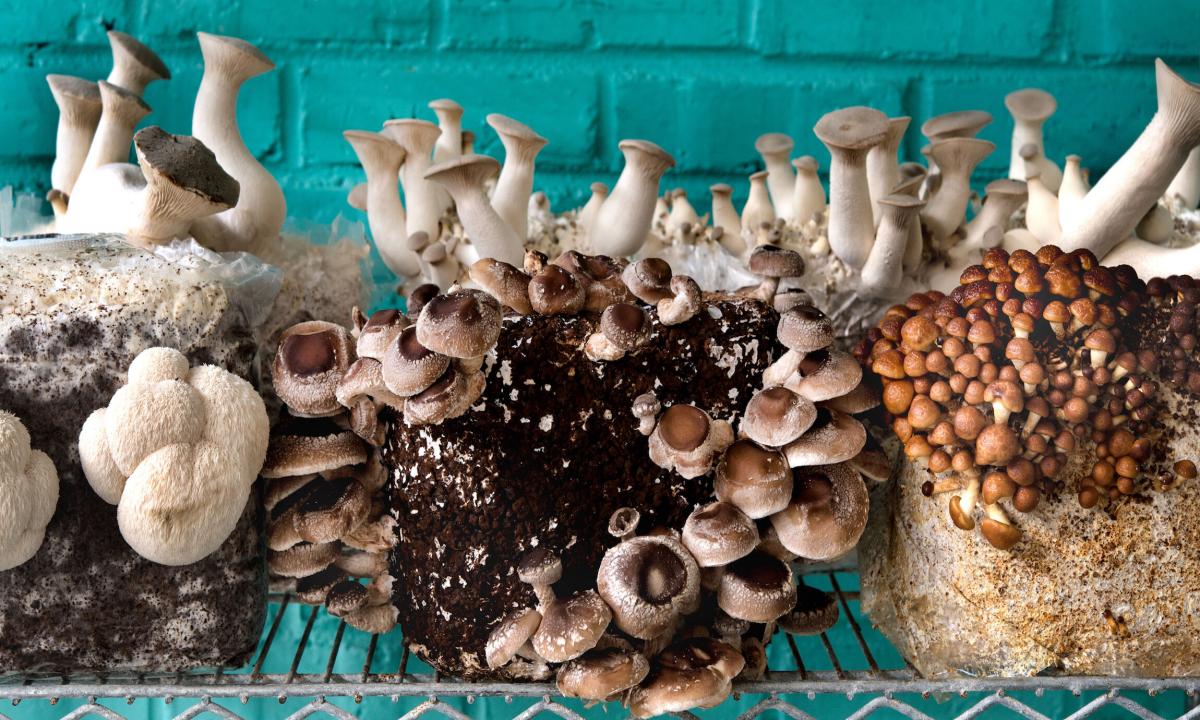differs in a big variety, than March and April. It also is clear. May rains and thunderstorms come, forest edges become covered by a soft green carpet. Many mushrooms begin to fructify this month. So in May it is possible to find up to 60 species of mushrooms in the forest! So May Antoshek can brag of a big variety edible. So, what it is possible to gather in the May forest?
In May it is possible to meet April mushrooms, such as morels, lines, sarkotsifa, blyudtsevik. Also in May tinder funguses literally "blossom"! At this time not only the birch sponge and a chaga, but also a tinder fungus sulfur-yellow grow in the forest. May – a time of rains so it is not surprising that in the forest it is possible to meet also such mushrooms as raincoats. Also in the forest oyster mushrooms meet (pulmonary, rozhkovidny, covered).
Not all collect morels and lines, but all collect birch mushrooms. Namely this mushroom begins to grow in the middle of May. On edges and glades it is possible to meet such mushrooms as chesnochnik, a blewits, honey agarics.
One more "child" of May is a May mushroom which is so loved by gourmets. By the form it is similar to champignon, but to taste is much more tasty. It grows generally on edges and glades.
And now is more detailed about May mushrooms.
- Morel
The morel though appears in April, but grows also in May. Morels prefer the broad-leaved and mixed woods and also like to grow on open places: on big glades, on edges. It is surprising that morels take constant place residence. So if you found a small clearing with morels, then and next year can mushroom safely there. At the same time they grow not on one, and small groups that doubly pleases mushroom pickers. The mushroom has pleasant and gentle taste.
- Strochok
Strochok – one more April mushroom which can be met also in May. These mushrooms prefer pine forests, lodge on sandy soils and cuttings. A hat at a line all skukozhenny, wrinkled, usually brownish color, but are also light brown. We do not forget that the strochok is considered conditionally edible fungi as it contains toxin. Therefore if you after all decided to gather strochok, then process them correctly. To reduce toxin level. Begin to cook mushrooms in a large amount of water, in 15 minutes merge broth and wash out mushrooms in flowing water.
- Sulfur-yellow tinder fungus
The tinder fungus sulfur-yellow is conditionally edible fungi. It is suitable in food only at young age and in case it grows on deciduous, but not coniferous trees. Otherwise the use of this mushroom can lead to poisonings and hallucinations. Usually the tinder fungus sulfur-yellow is located not really highly above the ground. The smell at this mushroom is similar to lemon, and then quite unpleasant, reminding mouse. On young mushrooms watery yellowish droplets are plentifully allocated. This mushroom belongs to conditionally edible fungi of the fourth category. They are boiled of half an hour up to 45 minutes or fried.
- Raincoat
The raincoat is considered one of the most tasty mushrooms. In far (or for someone near) Italy they are considered as the best of the best. Though at us they are considered as mushrooms of the fourth category and in general are little-known. Many even do not know about their existence and if they saw them in the forest, then took for a toadstool. But raincoats are edible, but only so far pulp has pure white color. Long these mushrooms are not stored therefore from them it is necessary to prepare something at once. These mushrooms are very tasty in fried dishes and in soups.
- Birch mushroom
The birch mushroom is one of the most popular mushrooms, especially he can often be met in the forest. Besides, it is possible to do any preparations for the winter of it. It is possible to fry, boil, dry, pickle. The birch mushroom has rather quiet taste and aroma, it is very easy to distinguish it in the forest, it is simple to collect and prepare.
- May mushroom
Justifying one of names, a May mushroom, really, spring. Appears the beginning of May at the end, and departs at the beginning of June. It is the best of all to go shooting for this mushroom in the middle of May and you by all means will pick small basket of mushrooms. Hats, small by the standards of mushrooms, only 8-10 centimeters in the diameter with interest pay back the sizes quantity. Color of a hat whitish, is closer to the center to a yellow shade. Plates under a hat white, frequent and thin, about age of a mushroom are told by a cream shade of a sporiferous layer. The leg short and thick, on color indistinguishable from a hat, or is one tone lighter.

